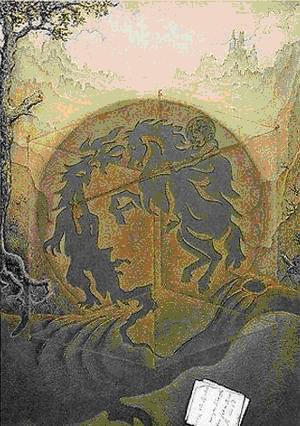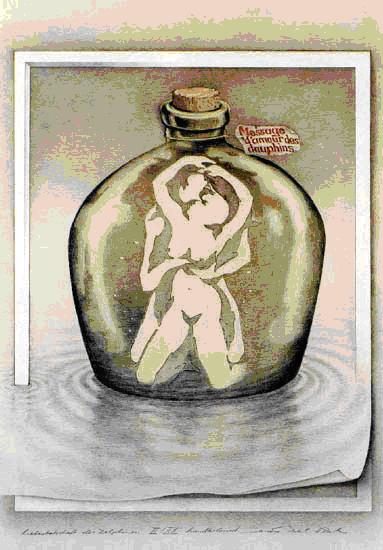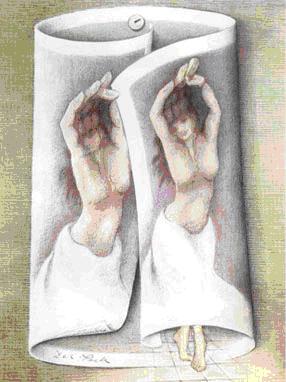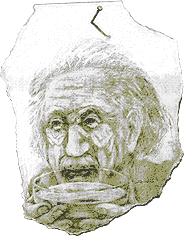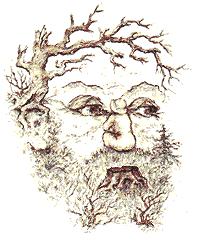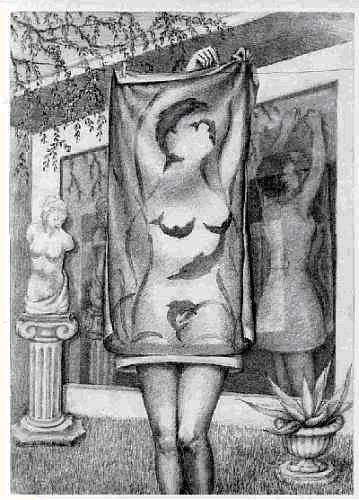St. George the Dragon Slayer
Not only is this a portrait of St. George, when you look at his face, you can see the scene where he is fighting the dragon. Nice to know: the picture is recursive. The face of St. George on his horse is again a picture of the fight.
Secret between Fall Leaves
There is a naked woman hidden between the leaves. Did you see her? She lies just in the middle!
Message of Love from the Dolphins
How old are you? If you are young and innocent, you will probably see a group of playing dolphins. But if you’re older and have a bit more “experience”, you’ll see two naked people. Go ahead, ask a kid what it sees here. ^ ^
> Sandro Del-Prete strives to create works of the utmost detail and realism. In achieving his goal he has created artworks in which the borders between reality and imagination blur and have no definite outlines.
